I LOVE DOGS.
I love them so much it’s almost embarrassing.
Am I alone here? Or do you too insist on patting every passing dog, or refuse to watch Marley and Me because you read the book already and believe you’re still dehydrated from the tears you shed?
If so, then this post is for you! It’s an appreciation of the dog family (Canidae), which aside from the domestic dog (Canis lupus familiaris) includes a whole 34 other species of wild canids. Some of which are particularly odd. Let’s meet them…

Who: Raccoon Dog (Nyctereutes procyonoides)
Where: Native populations in Eastern Asia & introduced populations in Eastern Europe
Status: Least concern
This strange little beastie gives us an idea of what very early dog species looked like, as it separated from the other members of it’s family 8-12 million years ago! Able to climb with thick fur and a black face mask – it mostly looks like a raccoon. But no. It’s a dog.
Apart from their odd looks, raccoon dogs are unique in being the only member in their family to have periods of inactivity during winter. Similar to hibernating, they’ll slow their metabolism down and do lots of snoozing.
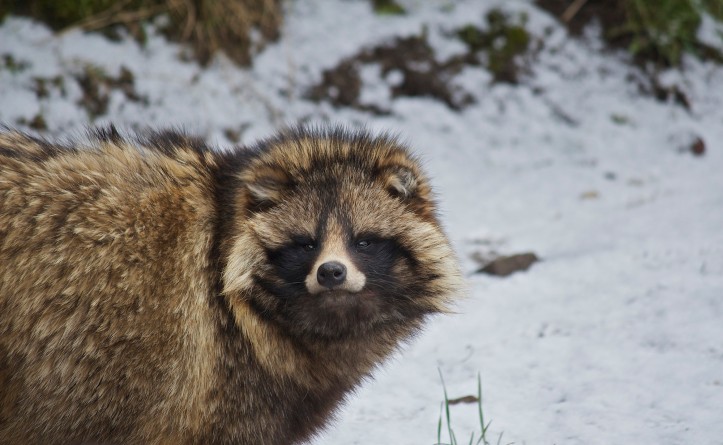
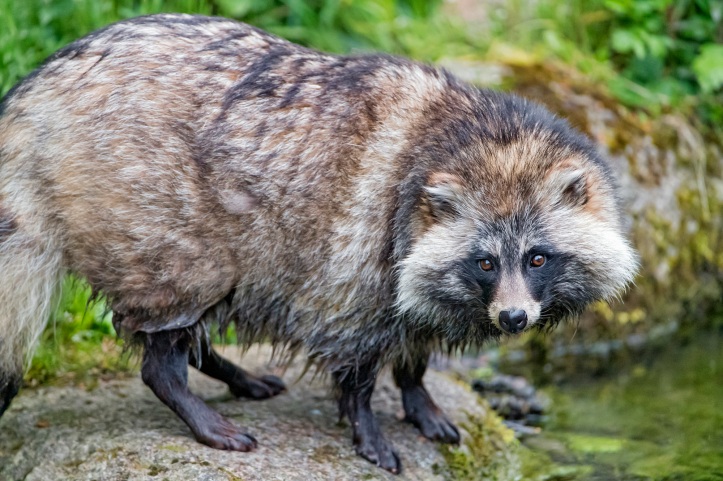
Who: Dhole or Asiatic Wild Dog (Cuon alpinus)
Where: Southern Asia
Status: Endangered (estimated 2,500 individuals in the wild)
Did you know, almost all canid species are omnivores – like us?! This means they don’t just eat meat, but plant material too. The dhole however, dhol-n’t play by the rules (that was a pun there), because it’s actually one of only three canid species who eat meat exclusively. As consequence they’ve got some odd adaptations.
For example, they’re the canid species with the greatest number of nipples. Up to 16! This is because their hypercarnivory sees them form extra large packs and have extra large litters, therefore lots of nipples are needed to feed all those pups.
Because of their need for large packs and lots of prey – the dhole requires lots of land. Five times more than a population of tigers! Unfortunately this means they’re very vulnerable to loss of habit and are currently endangered.
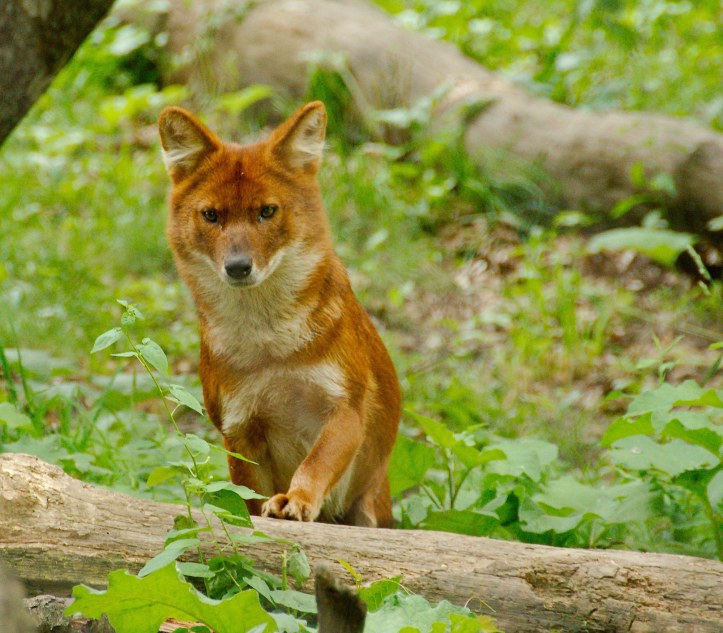
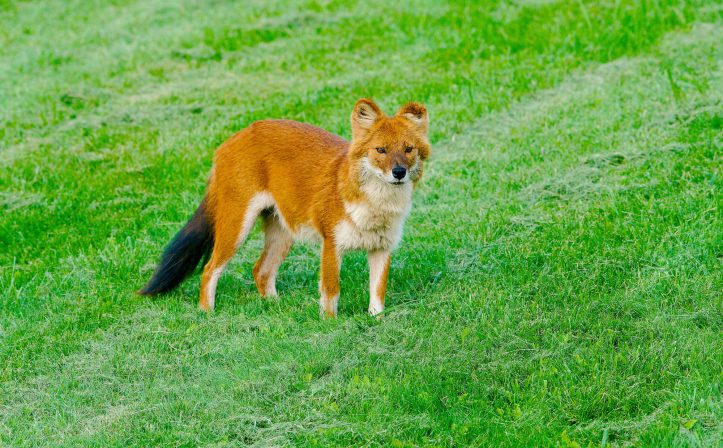
Who: African Wild Dog (Lycaon pictus)
Where: Sub-Saharan Africa
Status: Endangered
You’ll probably recognise those brilliant coats which look deliciously like melty, swirly, chocolate-caramel ice cream (probably some other flavours in there too). But did you know, these animals take pack living to the extreme!
Their packs, which can be up to 17 individuals strong, all work together to raise new pups. So much so, successful breeding without help from the pack almost never occurs. Their pack ties are so strong, that African wild dogs will regurgitate food for young or weak pack members who aren’t eating enough. Now that’s a family dinner!
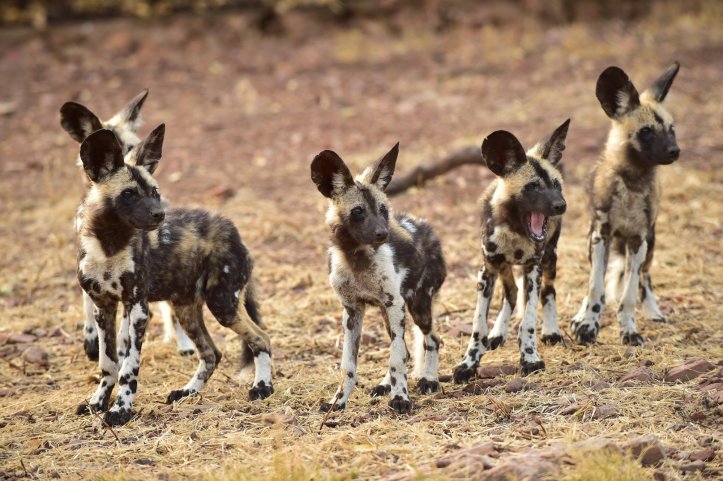
Who: Maned Wolf (Chrysocyon brachyurus)
Where: South America, with populations in Brazil, Paraguay, Argentine & Bolivia
Status: Near Threatened
Is it a horse? Is it long-legs McGee? No, it’s another species of canid. Meet the maned wolf! Their odd, leggy appearance is a consequence of their environment – they live in the grassland savannas of central South America where their long legs allow them to walk above the long grasses. Their huge ears are an advantage too, helping them hear prey through the dense vegetation.
What’s also interesting, is that fruits make up a large percentage of their diet. For one species of fruit – appropriately called wolf fruit, they’re actually an important disperser of their seeds. By eating wolf fruit they carry the seeds great distances and accelerate it’s germination once it’s, um, exited the wolf too.
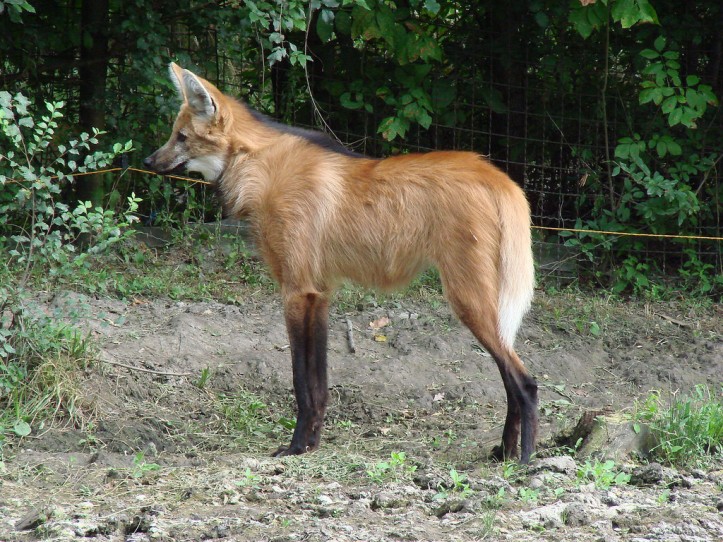
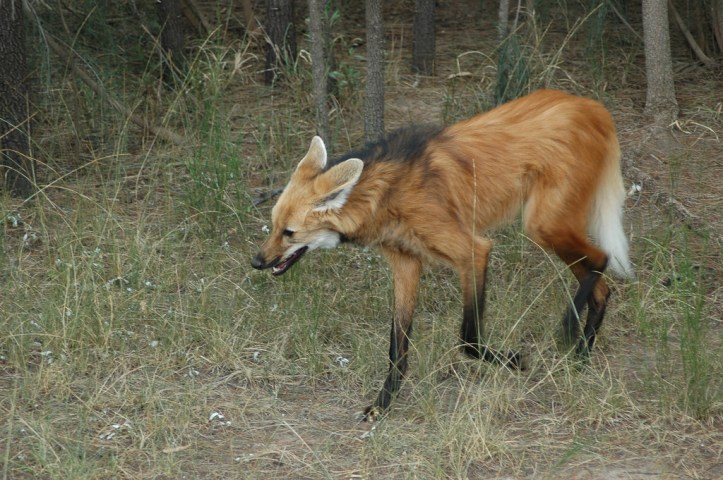
Who: Bat-eared fox (Otocyon megalotis)
Where: Eastern & Southern Africa
Status: Least Concern
What’s a little odd about the bat-eared fox, is that it’s the father who provides most of the parental care to his kits. Although most canids are monogamous and have some degree of parental care, this role reversal is uncommon. Instead it’s the fox father who spends the most time in the den with the kits, the most time grooming them, huddling with them and accompanying them on food finding trips.
In fact, one study found that the the number of times the father entered the den to care for his cubs, was the BEST indicator of how many would survive till weaning age. Better than the quality of their territory or even how often Mum entered the den.
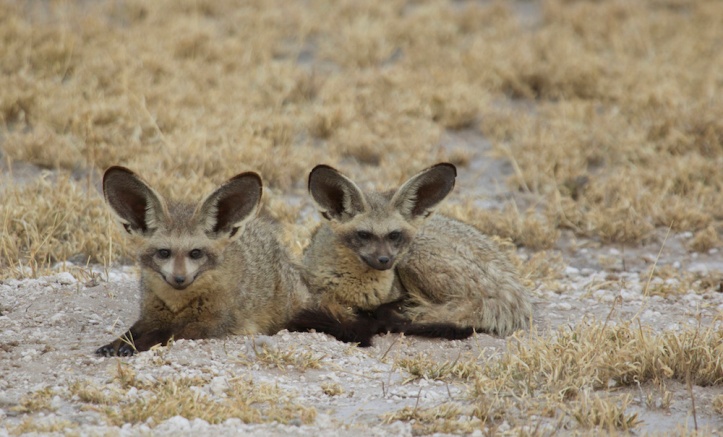
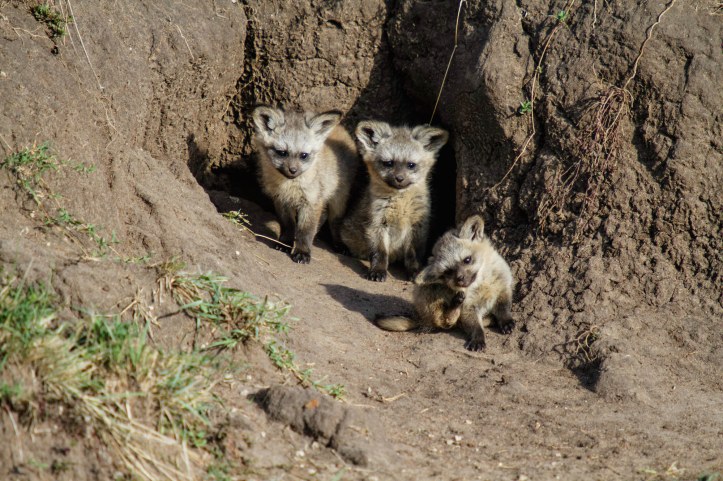
Who: Bush Dog (Speothos venaticus)
Where: Central & South America
Status: Near Threatened
The most sausage looking of all the wild dogs – it’s not a hot dog. It’s the bush dog! These poky little pups are incredibly illusive and a rare find in their habitat. One study set out camera traps on almost 5000 days and recorded them just twice! That’s a 0.04% hit rate. As consequence we still don’t know a whole lot about them and how they fill their time.
We do know they get around though. Another study found they covered just about the same distance in 18 months as African wild dogs (see #2), a canid species who’re over four times bigger than them! That’s some impressive tracks laid on such little legs.
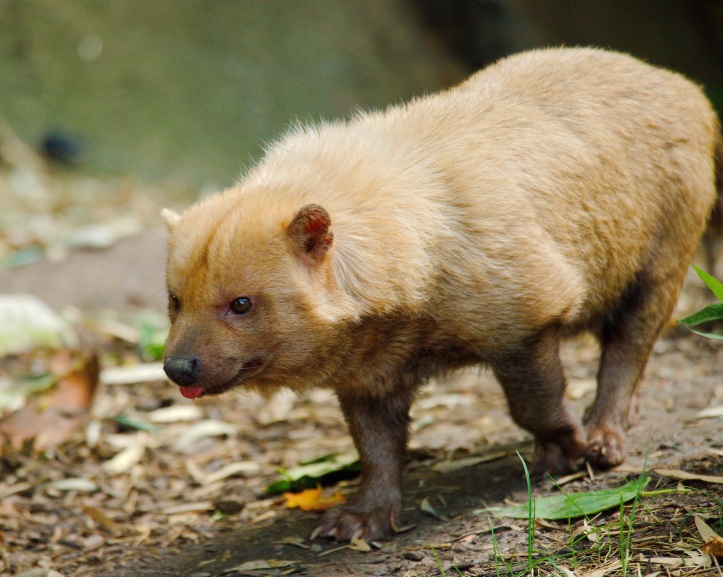
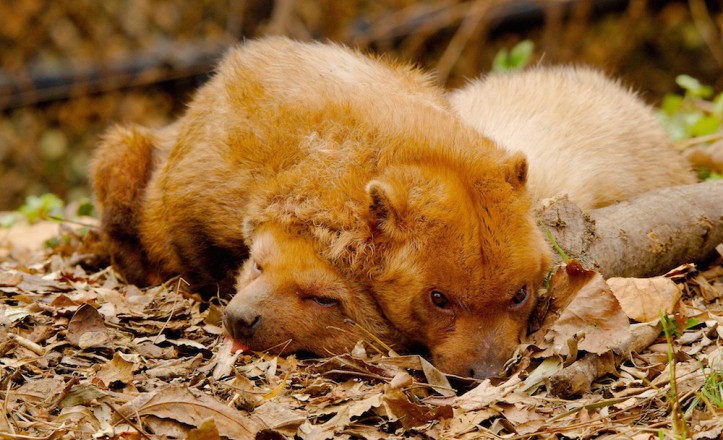
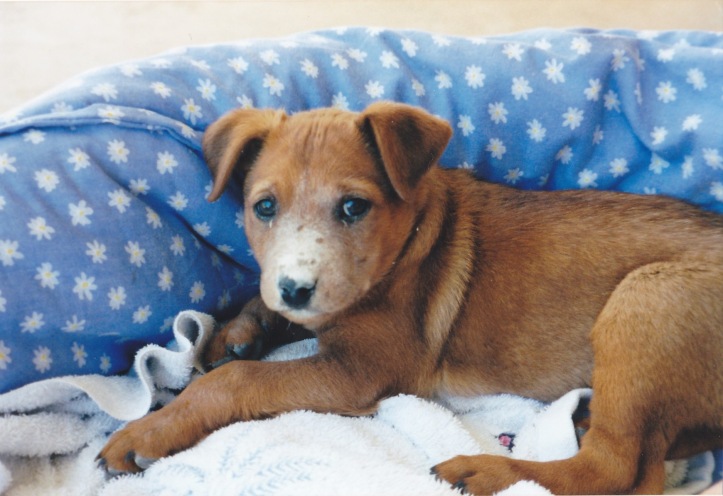
 References:
References:
Adorable bat-eared fox kits for me, paws down! And I’m more of a cat person. BTW my moggy cleared off after taking a peek at the first canid – the raccoon dog.
LikeLike
Haha definitely a good choice (appreciate the pun too!). I think my next post will be the oddest members from the feline family – so hopefully your moggy will be more receptive to that 😛
LikeLike
Never realised there were so many different wild dog species! I like the maned wolf (just because I saw one at the zoo) and the dhole 🙂
LikeLike
Same! But turns out it’s only just less than the number of species of wild cats (37!), which I thought would be much greater. Two excellent choices there – i’ve only ever seen African Painted Dogs in zoos so that’s a very cool find 🙂
LikeLike
bush dogs! raccoon dogs!
raccoon dogs are also called tanuki. check out japanese tanuki testicle mythology! for real!
great blog!
LikeLike